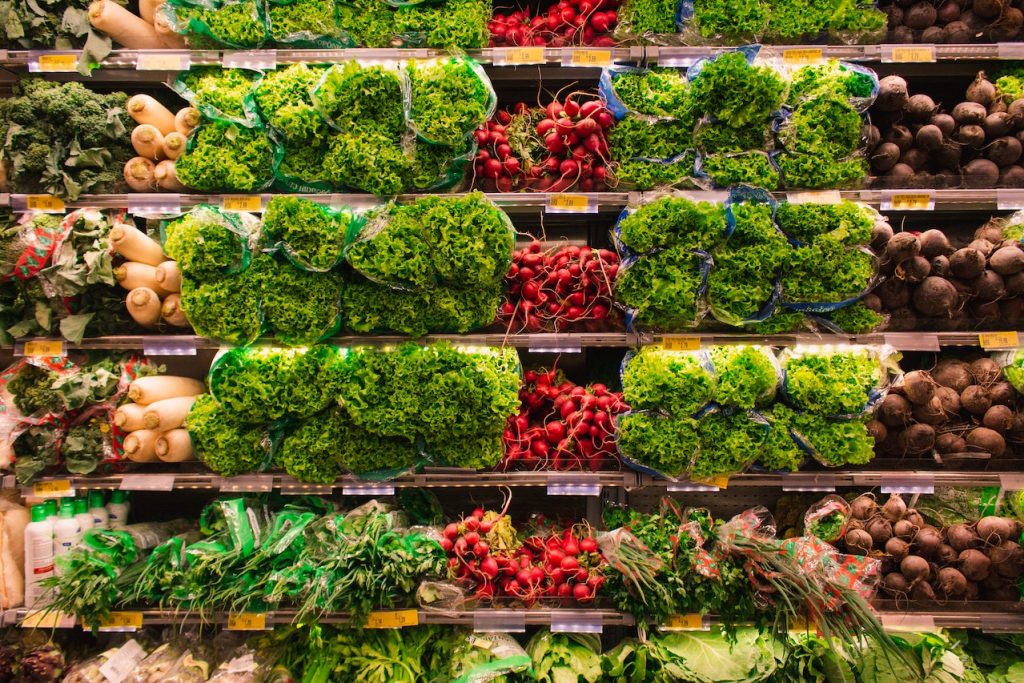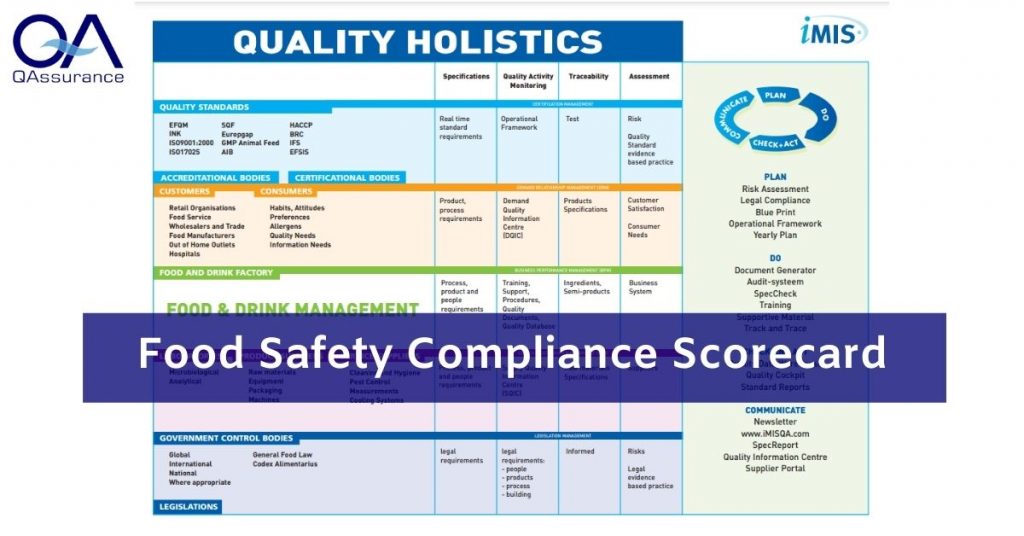Verification procedure
The verification is carried out to assess retrospectively whether the food safety system has worked properly and where possible improvements lie. The verification is established by going through, combining, and analyzing the various checks, measures taken, investigations, and complaints. The verification takes place at least once a year.
A report is drawn up of the entire verification, including shortcomings and possible improvements. The verification report is discussed by the HACCP team and the management team.
Verification content:
In order for a proper verification to come about, at least the following aspects are assessed. For the various aspects, there are a few guidelines that can be looked at.
Conclusion of the verification:
- CCP analysis.
- CCP verification, including the responsible persons.
- Have there been any deviations?
- Have the corrective measures been carried out correctly?
- Precautionary measures.
Prerequisite program and hazard analysis:
- Review all steps.
- Indicate improvements / adjustments.
- Hazard analysis still current?
- Are processes / products not included?
- Implementation of general or operational measures.
Food defense and fraud:
- Reassessment of the analyses (TACCP and VACCP).
- Indicate improvements / adjustments.
- Are risks not included, or are new hazards known?
- Result of the food defense audit.
Analyses and sampling:
- Microbiological trend analysis.
- Cause analyzes of non * conformities and any corrective or preventative measures.
- Air sampling.
- Hand checks.
Cleaning and disinfection:
- Results of the cleaning check.
- Results of the disinfection check.
- Results of residue controls.
- Knowledge / training implementation.
Complaints from authorities and customers:
- Complaints analysis, classification of complaints by type, origin, cause, and etc.
- Trend analyzes.
- Relationship with food safety.
- Cause analyzes.
- Possible improvements.
- Measures taken.
Pest control:
- Pest control including the possibility of contamination in storage and the attraction of pests through products and areas.
- Control of the pest control folder; pay attention to the floor map, resources, identification resources, and bait boxes; safety data sheets and frequencies.
- Trend analysis of prevalent pests.
Registrations:
- Have all registrations been kept for a sufficient period of time (minimum until the end of product shelf life + 12 months).
- Are all registrations completed correctly?
- Are the registration forms up to date?
- Do all electronic registrations comply?
- Has the backup system been described and managed?
Training:
- Review of content.
- Effectiveness of the training.
- Need training.
Maintenance:
- Committed maintenance.
- State of maintenance of the company, sufficient resources?
- Has there been a food * unsafe situation due to maintenance?
Measures taken:
- Corrective and preventive.
- Have the measures taken been effective?
Management:
- Verification of the objectives.
- Making resources available.
- Policy in accordance with business operations.
- Quality objective; level of progress.
Staff:
- Effectiveness of work.
- Knowledge of activities and food safety (knowledge questions)
- Hygiene knowledge, regular testing.
- Familiarity with procedures.
- Does everyone have the correct competencies and has this been tested. Have there been any training/courses? And have they achieved the goal?
Packaging:
- Suitable for foodstuffs.
- All necessary specifications are available.
- Have there been any unknown changes?
Product requirements:
- All necessary resources have been made available to meet the product requirements.
- All product requirements are met.
Procedures / handbook:
- Completeness and communication check.
- Assessment of floor plans and flow chart.
- Work is done in accordance with the prescribed procedures.
Quality management system:
- Check for correctness.
- Improve continuously.
Structural condition:
- Structural condition of the business and the materials used.
Surroundings:
- Have there been or can there be negative influences?
- Have measures been taken to prevent this?
- There is no nuisance from noise and vibrations.
Cross-contamination:
- Have problems occurred?
Review of specifications:
- Purchase specifications.
- R&D resources.
- Packing material.
- Food contact materials.
- Review contracts.
Suppliers, product, and service
- Outsourced work.
- Supplier assessment.
- Are the specifications met by the supplier?
Product foreign matter:
- Have there been any problems?
- What measures have been taken?
Traceability and recall:
- Tested according to schedule? And what is the outcome?
Internal audits and external audits:
- Have shortcomings been found and have they been resolved?
- Audits performed on schedule.
Internal complaints:
- General complaints, trends.
- Overview of executed quarantines.
- Overview of incidents that have occurred.
- Cause analysis.
Related articles to Do you have an example of a verification procedure?
Many customers and visitors to this page 'Do you have an example of a verification procedure?' also viewed the articles and manuals listed below:



